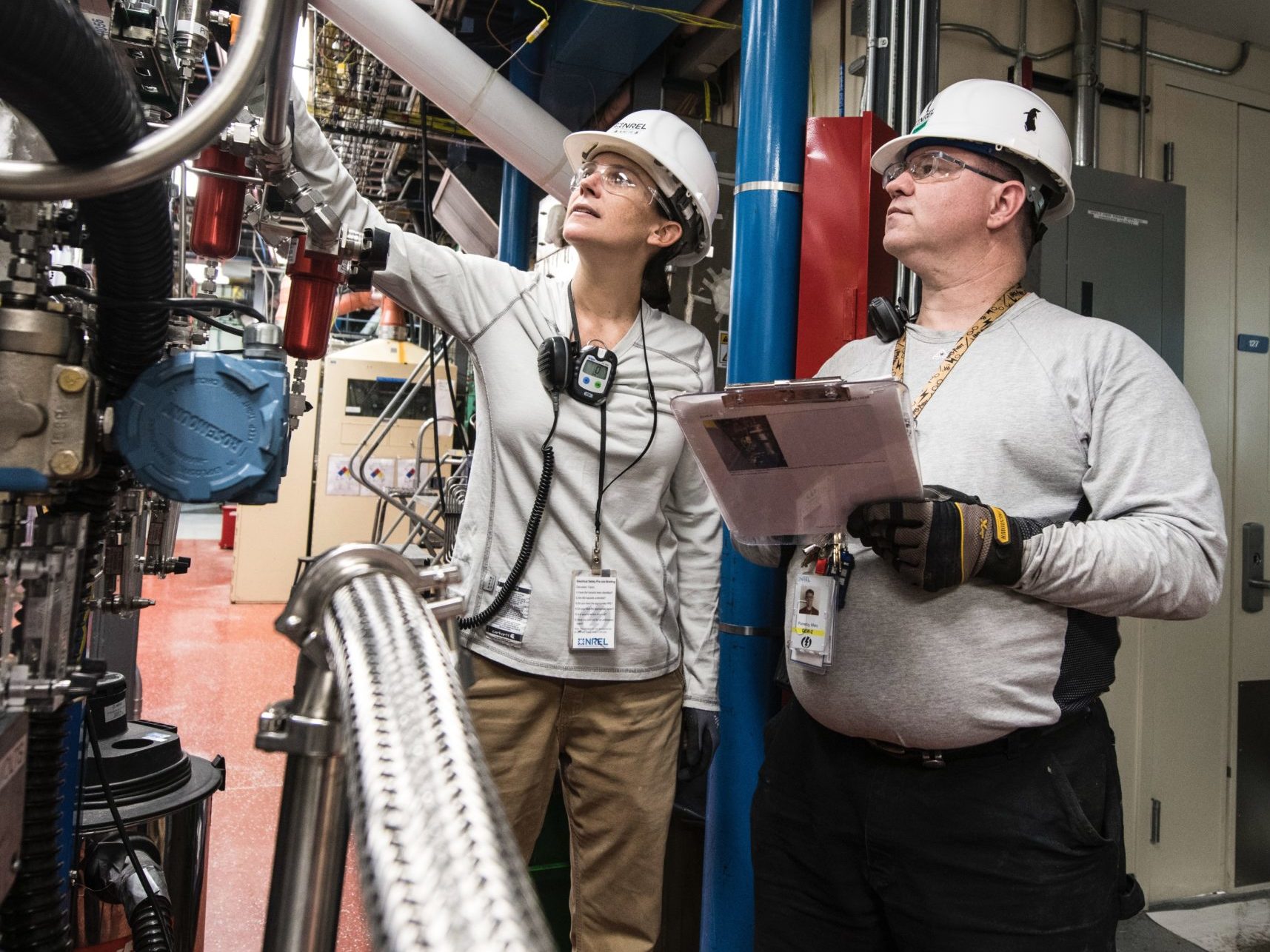Leading Consulting Engineers Johannesburg: Giving Specialist Solutions for Framework Growth
Leading Consulting Engineers Johannesburg: Giving Specialist Solutions for Framework Growth
Blog Article
Exactly How Consulting Civil Design Firms Add To Effective Job Monitoring and Layout Execution
Consulting civil design companies are integral to the success of building and construction jobs, merging technological effectiveness with tactical oversight. By concentrating on style optimization and risk reduction, these firms make sure that jobs are not just feasible but additionally sustainable and cost-efficient.
Function of Civil Designers
Understanding the function of civil designers is crucial for the effective management of construction jobs. Civil engineers act as the backbone of framework development, making certain that jobs are made and executed to satisfy sustainability, safety, and performance standards. Their knowledge incorporates various aspects of engineering, consisting of architectural, ecological, and geotechnical specializeds.
Civil engineers are in charge of carrying out expediency researches, which assess the viability of proposed jobs by assessing financial, technological, and ecological factors. They establish thorough plans and specifications, integrating innovative services to maximize materials and resources. During the building phase, civil engineers supervise the task, collaborating with engineers, stakeholders, and service providers to make sure adherence to create specifications and regulatory requirements.

Task Planning Techniques
Efficient job planning methods are crucial for making sure that construction jobs are performed smoothly and efficiently. Consulting civil engineering firms play an important function in this procedure by using thorough preparation techniques that attend to different project stages. At first, a thorough analysis of task range and client requirements is conducted, permitting the identification of vital milestones and deliverables.
Furthermore, these companies use tools such as Gantt charts and project monitoring software application to develop thorough timelines, allowing effective scheduling of tasks and source allowance. This structured approach aids to expect possible traffic jams and allocate essential sources proactively. Risk monitoring is one more vital part; firms perform threat assessments to identify possible problems that can emerge throughout the task's lifecycle, carrying out mitigation approaches to reduce disturbances.
Additionally, stakeholder interaction is emphasized throughout the planning stage. Normal interaction with clients, service providers, and local authorities makes sure that all parties are aligned with job objectives and timelines. By integrating these approaches, speaking with civil design companies boost the likelihood of project success, making certain adherence to budget restrictions and governing needs while fostering a collaborative atmosphere.
Style Optimization Strategies
Design optimization strategies are important for boosting the performance and sustainability of civil design tasks. These strategies include the methodical analysis of layout criteria to attain the ideal feasible end results while minimizing costs and resource usage. By making use of innovative computational devices and formulas, engineers can examine numerous style options and choose the most effective options based upon details project standards.
One extensively made use of technique is parametric style, which enables for the adjustment of layout variables to observe their effect on overall job efficiency. This iterative process leads to innovative remedies that not just satisfy functional needs yet additionally adhere to environmental standards. In addition, methods such as value design concentrate on enhancing project components to optimize value while decreasing unneeded expenses.
Additionally, the combination of Building Details Modeling (BIM) assists in better cooperation among stakeholders, enabling real-time changes and improvements to designs. This all natural view cultivates a detailed understanding of the project, causing informed decision-making. Inevitably, reliable design optimization methods lead to boosted project timelines, reduced waste, and enhanced structural efficiency, contributing to the general success of civil design ventures.
Threat Administration Approaches
Danger monitoring methods are critical in ensuring the successful delivery of civil design tasks, as they help determine, analyze, and reduce prospective dangers that might influence project results. Reliable risk administration is an organized process that entails the identification of dangers, analysis of their possibility and effect, and the growth of strategies get redirected here to address them.
Consulting civil engineering firms usually use a combination of qualitative and quantitative danger evaluation strategies (geotechnical engineering companies in south africa). Qualitative methods, such as brainstorming sessions and professional interviews, assistance collect understandings on possible risks from various stakeholders. On the other hand, quantitative methods include analytical analysis and modeling to establish the probability and potential impact of identified risks
Once risks are assessed, firms apply reduction approaches, which might consist of risk evasion, decrease, transfer, or acceptance. This can entail revamping job components to eliminate threats or safeguarding insurance coverage to balance out potential economic losses. Constant tracking and review of threats throughout the task lifecycle are likewise necessary, enabling prompt adjustments to take the chance of administration techniques as brand-new threats arise.
Collaborative Communication Practices
Enhancing job results via joint communication practices is essential for getting in touch with civil design companies. Reliable interaction promotes a culture of openness and depend on among stakeholders, which is crucial for the effective implementation of engineering tasks. By implementing structured communication channels, firms can make certain that all events-- customers, specialists, and team participants-- are aligned on job timelines, goals, and deliverables.
Normal conferences, both informal and formal, facilitate the exchange of ideas and feedback, permitting real-time problem-solving and decision-making. Utilizing collective devices such as project management software application encourages documentation and monitoring of progression, while allowing instantaneous accessibility to vital info.
Additionally, energetic listening and open discussion are important components in a collaborative atmosphere. By valuing varied perspectives, firms can innovate and adjust designs that satisfy both technological needs and find out here now customer expectations. Furthermore, cultivating a team-oriented atmosphere reduces misconceptions and boosts the total quality of work.

Conclusion
In conclusion, speaking with civil engineering companies are integral to successful task management and layout implementation. Eventually, the experience and techniques utilized by seeking advice from civil engineers substantially contribute to accomplishing task goals while minimizing prices and taking full advantage of source utilization.

In conclusion, getting in touch with civil engineering firms are indispensable to effective project administration and layout execution.
Report this page